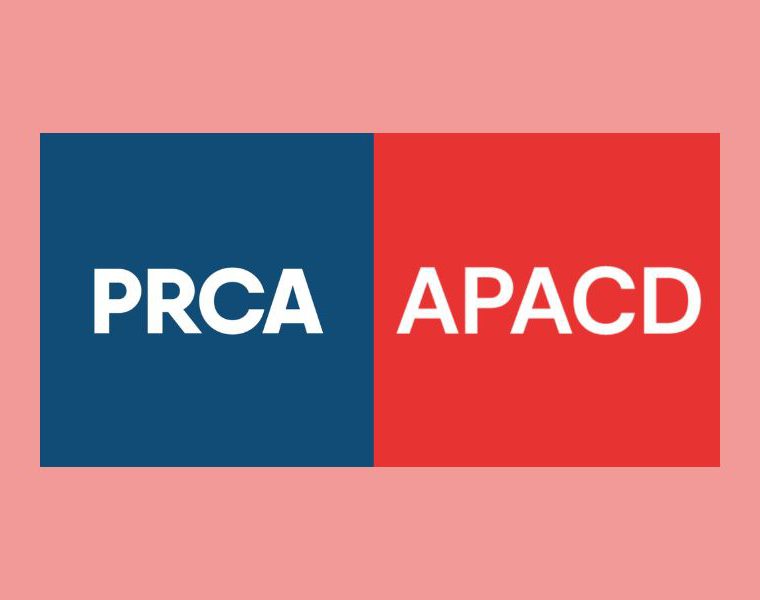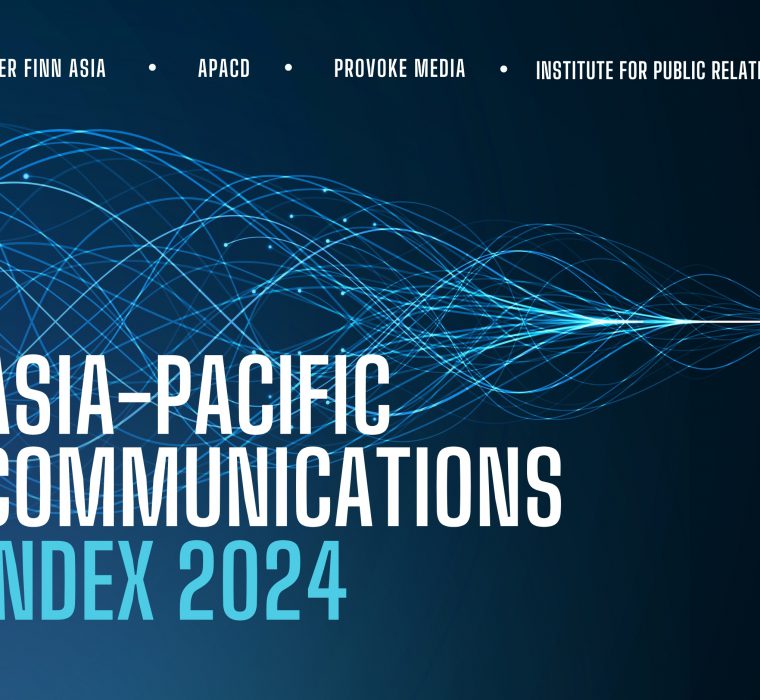Does Media Relations Still Matter?
26th February 2024
Somehow, even softball queries are impossible to answer for beleaguered comms teams constrained by risk-averse bosses.

When I was an in-house comms professional, a journalist would occasionally pay me an odd compliment. “It’s really great that your email address was on the company website,” one said. “You actually got back to me before my deadline!” gushed another. The sincerity of their gratitude surprised me: I thought answering media queries ought to be a given for a corporate PR team. My superiors always asked us to look at strategy; the basics, it was assumed, were already taken care of.
However, after I retired and took up a friend’s offer to do a little writing for his magazine, I found myself on the other side of the fence.
That was when I learned that it is not at all a given for PR teams to be able to answer basic media questions. I am far from being an investigative reporter; I have been asking companies to share information about sustainability commitments and employee wellness. Somehow, however, answering even these softball queries is impossible for beleaguered comms teams constrained by risk-averse bosses.
A property company targeted me with a press release about its new building, which included rooftop gardens. Good timing: I was writing an article about rooftop gardens, so I drafted a few simple questions and asked for a written response within two weeks. After a long email exchange where I was asked to guarantee that none of their competitors would be mentioned, that their president had to read the piece in advance, and that they needed at least three weeks’ notice, they declined to participate. When I contacted another organization about the same topic, I got out-of-office responses from all four members of the communications department; the earliest to return would be available only two weeks later.
My experience is not unique. Edith Terry, former correspondent for Bloomberg Businessweek and the Toronto-based Globe and Mail Newspaper, says, “If corporate PR wants an interview from a specific publication, they will find their way to it, often slowly because there are roadblocks to finding the specific reporter… but if that particular reporter attempts to dial in to the very same corporation in theory looking for them, the roadblock becomes a blank wall.”
While an email query to a person almost always gets at least some kind of response, “Contact Us” website forms and general email addresses like [email protected] are often a dead end. Even these can be elusive: a quick search of the ten largest companies in Asia reveals only one (Toyota) with humans in its media relations team; others, like Samsung Electronics, offer a profusion of options for customers to contact the company (including sign language, email, and chatbot) but no options for media. All have news hubs full of content; several had no way to follow up.
It is clear that these companies do not lack communications resources. The question therefore arises: are they spending them on the right thing?
“All the communications strategies in the world will not help if you have not got the basics in place,” comments Mary Devereux, an experienced PR professional based in Hong Kong. “It’s ‘media relations 101’ to be contactable and helpful. Sometimes, for whatever reason, we do not have the information a reporter wants, so we have to be honest and tell them. However, if we make a commitment to arrange an interview, or send them a quote or data, then we need to deliver on that promise. It’s really that simple.”
One clue to the problem may be pervasive “mission creep”. A 2023 Edelman study says that chief communications officers now must spend 18% of their time counseling the CEO on “non-comms activities”, and that the responsibilities of communications teams are continuously increasing in non-traditional areas like digital social media (72%), measurement, monitoring & analytics (68%), social listening (67%), and audience insights (31%).
“Most companies are getting their basic PR functions right,” says Paul Mottram, regional president, Asia-Pacific, Zeno Group. “What we are seeing, though, is a change in priorities. Media relations used to be relatively few-to-few… over the last 10 years it’s become few-to-many. While the number of ‘proper journalists’ has declined, today a whole range of stakeholders, from bloggers to influencers to potential (and existing) employees want the kind of editorial content that companies’ PR departments are so good at providing. So you see brands spending more on original content, newsrooms and other owned media.”
Effort on original content, however, may go to waste if the fundamentals are not present. In one sad case, I wrote to the PR team of a hotel, asking for information about sustainability in their restaurants. As a friend of their former sustainability director, I knew the hotel as a world leader in this area. Despite a lead time of three weeks, however, the communications team was only permitted to provide a copy of their 28-page press kit, which did not contain a single mention of sustainability. Why, I wondered, did their bosses not allow them to direct me to their excellent sustainability report, which I later found on their website? I have often heard the comment, “No one actually reads sustainability reports.” I now know why.
When I ask PR agencies rather than in-house teams, the experience is substantially improved, albeit sometimes slow. LinkedIn also turns out to be a surprisingly efficient resource for a novice journalist like myself. The MTR Corporation in Hong Kong, for example, does not offer a single email address or contact form of any kind on its website for its corporate media team, but a LinkedIn search readily uncovered two members of its communications team in my network. Another company listed a PR agency account executive on its website as its media relations representative; LinkedIn informed me that she had left the agency more than a year before, and switched to another profession entirely.
LinkedIn and other technologies have already profoundly changed the interaction between companies and media, but not all are working well. Terry comments, “You rarely have a live, knowledgeable person on the other end of the phone or email message, but some form of bot.” Perhaps the future lies in improving these technologies so that they can perform basic functions, allowing PR teams to get on with advising the CEO about non-comms activities. If the Goody2 bot can refuse to answer 100% of users’ questions on ethical grounds, surely a PR bot that refuses to answer all reporters’ queries cannot be far behind.
Ultimately, it is a company’s choice to dedicate resources to media relations basics and this means ensuring that the budget matches the commitment. Once, in Hanoi in the late 1990s, I was attempting to explain the PR profession to a local reporter who’d never heard of it before. “So you offer a service where you help journalists get information from companies? That’s great! I could really use that,” he enthused. A moment later, he had a sudden thought, and asked, “Wait. So who pays for it?”




